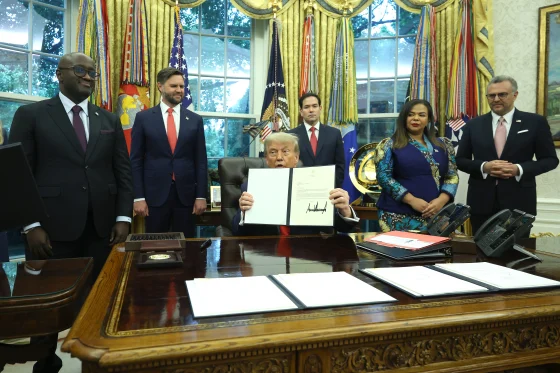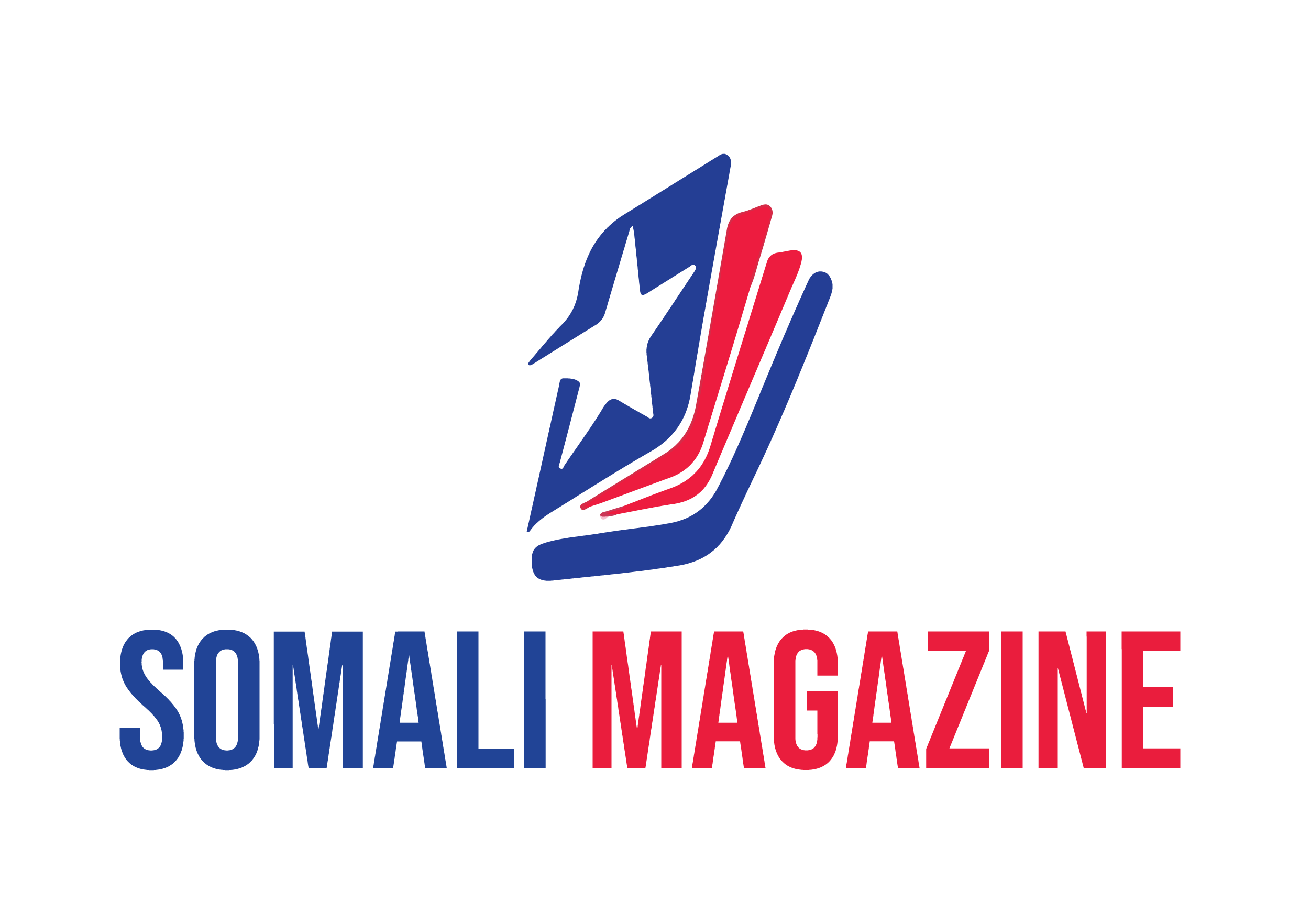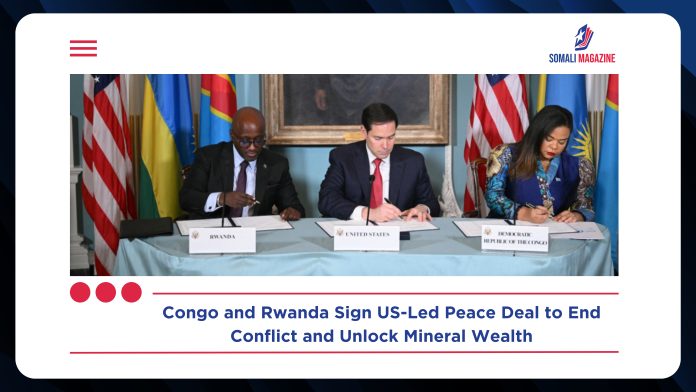Facebook Twitter (X) Instagram Somali Magazine - People's Magazine
Inside the US-led peace deal between Congo and Rwanda, a historic agreement signed in Washington on June 27, lies a complex mix of diplomacy, resource politics, and fragile hope for a region long plagued by conflict. The deal, brokered by the United States and signed by the foreign ministers of both countries, aims to end decades of deadly fighting in eastern Congo while opening the door to massive Western investment in the region’s critical mineral reserves.
The agreement, hailed by U.S. Secretary of State Marco Rubio as “an important moment after 30 years of war,” includes provisions for the withdrawal of Rwandan troops from eastern Democratic Republic of Congo (DRC) within 90 days, the disarmament and conditional integration of non-state armed groups, and a commitment to respect territorial integrity.
At the heart of the conflict is the M23 rebel group, widely believed to be backed by Rwanda, which has seized key cities and mining zones in eastern DRC in recent months. The violence has displaced over seven million people and killed thousands in 2025 alone, prompting the United Nations to label it one of the world’s most complex humanitarian crises.
The peace deal is not just about silencing guns—it’s also about securing access to the DRC’s vast mineral wealth. The region is rich in tantalum, cobalt, copper, lithium, and gold—resources critical to the global tech and green energy industries. As U.S.-China competition intensifies, Washington is keen to secure supply chains and reduce dependence on Chinese-controlled sources.
Former U.S. President Donald Trump, who played a key role in brokering the deal, described it as a win for both peace and American interests. “We’re getting, for the United States, a lot of the mineral rights from the Congo as part of it,” he said during a press briefing. “They never thought they’d be coming here, and now they’re here signing peace”.

The agreement also outlines plans for a regional economic integration framework, to be launched within 90 days. This initiative is expected to attract billions in investment and create new trade corridors linking the Great Lakes region to global markets.
Despite the optimism, analysts caution that the deal may not bring an immediate end to hostilities. The M23 rebels remain active, and questions linger over whether Rwanda will fully comply with the withdrawal timeline. The DRC is also seeking U.S. security support to ensure that rebel forces vacate key cities like Goma and Bukavu.
Rwandan Foreign Minister Olivier Nduhungirehe called the agreement a turning point, while his Congolese counterpart, Thérèse Kayikwamba Wagner, emphasized the need for full disengagement and accountability. Both sides acknowledged that implementation will be the true test of the deal’s durability.
The U.S. has not released the full text of the agreement, but officials say heads of state from both countries are expected to return to Washington in the coming weeks to finalize the protocol. Meanwhile, civil society groups and international observers are urging transparency and inclusive dialogue to ensure that the voices of affected communities are not sidelined.
As the dust settles on the signing ceremony, the world watches closely. The stakes are high—not just for Congo and Rwanda, but for the global supply of minerals that power smartphones, electric vehicles, and renewable energy systems. Whether this peace deal marks the beginning of a new era or just another chapter in a long, troubled history will depend on what happens next on the ground.

